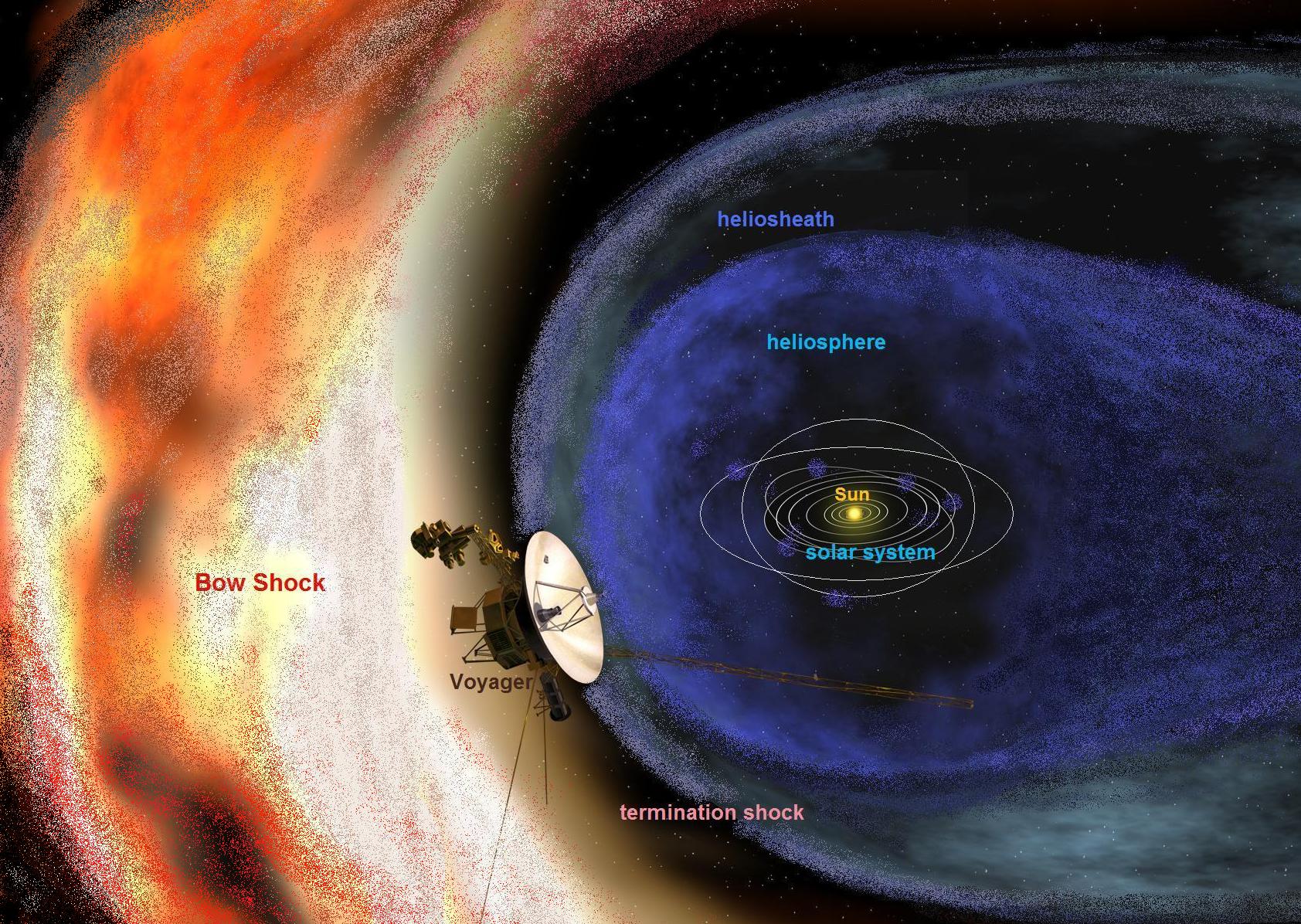Since its launch by NASA in 1977, the Voyager 2 spacecraft has begun an epic voyage through our solar system, which has captivated the imaginations of scientists as well as people who are passionate about space exploration. After making it to and exploring each of the four big planets in the solar system’s outermost ring, including Jupiter, Saturn, Uranus, and Neptune, Voyager 2 is now making its way into new territory by traveling through the Oort Cloud. But how long would it take for this brave traveler to arrive at its destination?
It is believed that a vast sphere of frozen objects known as the Oort Cloud surrounds our solar system and extends well beyond the planets in the extreme reaches of the solar system. Jan Oort, a Dutch astronomer, was the one who first suggested the possibility of its existence in the year 1950. It is believed that comets with extended orbital periods originate in the Oort Cloud and then make their way into the inner solar system on occasion.
At this time, Voyager 2 is approximately 122 astronomical units (AU) away from Earth, which is equivalent to a distance of almost 11 billion miles (17.7 billion kilometers). To put this distance in perspective, one astronomical unit (AU) is equivalent to the average distance between Earth and the Sun, which is around 93 million miles (150 million kilometers). If Voyager 2 continued traveling at its current speed of approximately 34,000 miles per hour (55,000 kilometers per hour), it would take an extremely significant amount of time to arrive in the Oort Cloud.
In point of fact, if Voyager 2 continued to travel at its current speed, it would take it nearly 296,000 years to travel just one light-year. It is believed that the Oort Cloud begins approximately 5,000 AU from the Sun; hence, Voyager 2 still has a significant distance to travel before it arrives in this remote region of the solar system. If we assume that Voyager 2 will continue traveling at its current speed and along its current trajectory, it will be many thousands of years before it arrives to the Oort Cloud.
However, it is essential to keep in mind that the power supply aboard Voyager 2 will unavoidably deplete before the spacecraft reaches the Oort Cloud. The radioisotope thermoelectric generator (RTG) is what provides power to the spaceship. This generator takes the heat that is produced as a result of the decay of plutonium-238 and turns it into electricity. The RTG’s power output decreases over time, and by the middle of the 2020s, it is anticipated that Voyager 2 will be able to function on very little power.
In spite of these constraints, the contributions that Voyager 2 has made to our comprehension of the solar system have been enormous. The spacecraft has given us invaluable information on the planets in the outer solar system, the moons that orbit them, and the vast realms of space that lie beyond. It has provided us with breathtaking photographs, precise measurements, and essential data that continue to influence our understanding of the cosmos.
Voyager 2’s mission has always been one of exploration and discovery; yet, it is possible that it will not be able to reach the Oort Cloud during our lifetime or even within the next few millennia. The fact that it is still working, albeit with decreasing power, is a credit to the brilliance and durability of the engineers and scientists who planned and built the spaceship. This is because they were able to design and build a spacecraft that is still operational.
In the years to come, Voyager 2 will proceed on its solitary journey across interstellar space, gathering important information about the heliosphere along the way. The heliosphere is the region that is impacted by the solar wind and the magnetic field of the sun. Inspiring future generations to push the limits of space exploration, it will serve as a monument to human inquisitiveness and our innate need to discover the undiscovered.
Consequently, it is possible that Voyager 2 will not arrive at the Oort Cloud within any timeframe that can be reasonably predicted; yet, its legacy as a trailblazing space probe will live on, serving as a constant reminder of the immensity of our universe and the astounding achievements of human space exploration.
![]()
